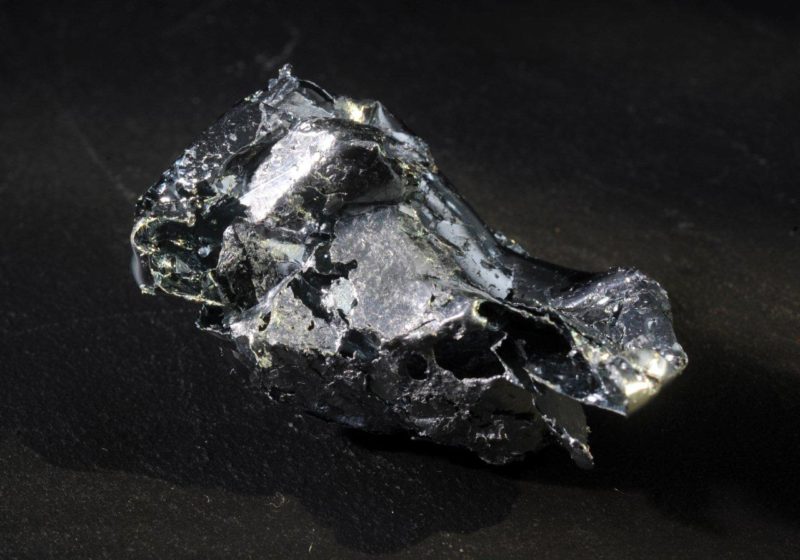Properties and uses
Gallium is in group 13 of the periodic table and its atomic is number 31.
Gallium is a soft, shimmering metal with a gleaming surface. Gallium, in some ways, is un-metal-like. Gallium is soft to the point that it can be cut with a blade. Gallium has a low melting point of 29.7°C. Gallium will liquefy if held in the human hand.
Another uncommon property is that gallium can be supercooled rather effectively. Gallium is a liquid at 30°C, so one would anticipate that it will end up being a solid at 29.7°C. Rather it is genuinely simple to cool gallium to beneath 29.7°C without having it solidify. Gallium's boiling point is around 2,400°C and density of Gallium is 5.9037 grams for every cubic centimeter.
Gallium is fairly reactive. It mixes with most non-metals at high temperatures, and it reacts with acids and alkalis.
Gallium is a relatively copious element on earth. It is discovered essentially in blend with zinc and aluminum ores. Gallium is additionally found in germanite, an ore of copper sulfide.
There are two naturally occurring isotopes of gallium, which are gallium-69 and gallium-71. More than 10 of radioactive isotopes of gallium are also known. One of radioactive isotopes of gallium, gallium-67 is used in medicine.
Pure gallium metal can be obtained by sending electric current through, for instance, gallium oxide.
Gallium is mostly utilized to make a single compound; gallium arsenide .Gallium arsenide can turn an electrical current into light. Gallium arsenide is utilized to make LEDs. An LED enables an electric current to stream in one side, but not the other. When it streams into a bit of gallium arsenide, a glimmer of light is delivered.
Gallium arsenide is utilized in transistors.
Gallium arsenide lasers are utilized as a part of various applications. The laser that works a CD player, for instance, may contain a bit of gallium arsenide.
Gallium arsenide is likewise used to make transistors. Gallium arsenide has a significant number of the properties of a semiconductor. Gallium arsenide has one major favorable position over silicon, another component utilized as a part of transistors. Gallium arsenide creates less heat.
Gallium arsenide is likewise utilized as a part of photovoltaic cells. These devices transform sunlight into power. Many individuals trust that photovoltaic cells will supplant coal and nuclear power plants and be a prime source of energy.
Gallium and its mixes are to some degree perilous to the health of people and other living creatures. They deliver a metallic taste in the mouth, skin rash, blood cells declination. Gallium and its mixes ought to be taken care of with alert.

For related products please visit:
Comments
Post a Comment